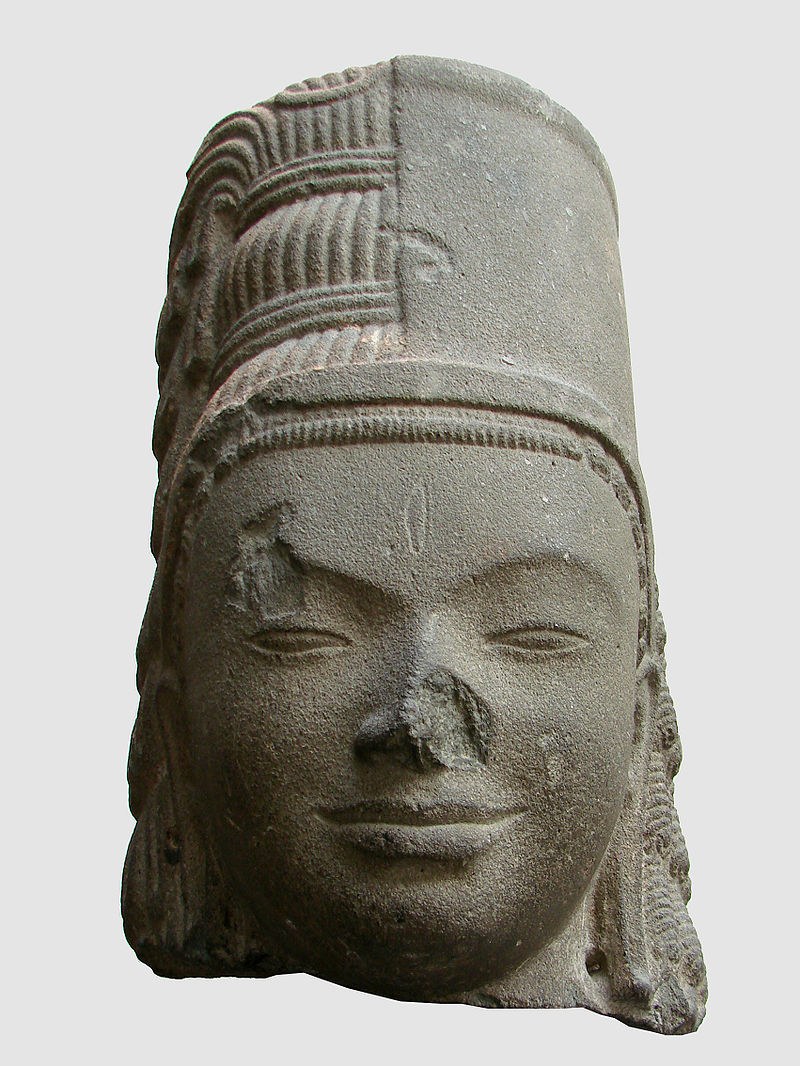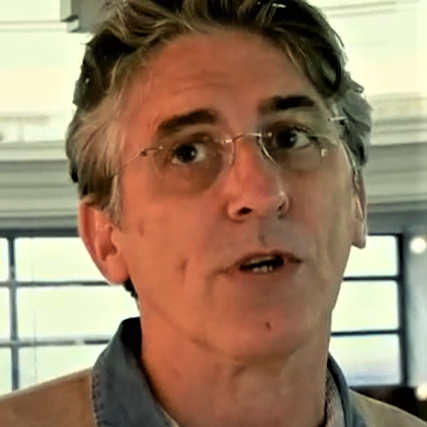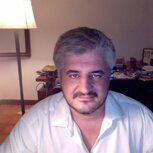De l’ancienneté de Hariharālaya / A Bakong Inscription and the Datation of Hariharalaya City
by Christophe Pottier & Dominique Soutif
An epigraphic study on one of the major urban centers preceding Angkor, Hariharalaya.

Publication: Bulletin de l’École française d’Extrême-Orient, 100, p. 147-166
Published: 2014
Authors: Christophe Pottier & Dominique Soutif
Pages: 19
Language : French
pdf 2.2 MB
In 2005, two Cambodian archaeologists, Tan Sophal and Saray Kimhuol, found two inscription fragments in one tower of Prasat Bakong, Roluos site. These engraved stones are now kept at the Preah Norodom Sihanouk Museum in Siem Reap under reference numbers NSAM.2011.331 and NSAM.2011.332.
The authors of this paper having deciphered most of the inscriptions, they explain how these epigraphic sources help to reach a more precise timeline for the capital city of Hariharalaya in pre-Angkorian times.
Note: Hariharalaya (ហរិហរាល័យ) was an ancient city located in an area now called Roluos (រលួស). What remains of it are the ruins of several royal temples, Preah Ko, the Bakong and Lolei.
According to Michael Freeman and Claude Jacques (Ancient Angkor, River Books, 2006), King Jayavarman II established his capital at Hariharalaya at the end of the 8th century, but it was at Mahendraparvata (Kulen Plateau) that he proclaimed himself universal monarch in 802, later returning the capital city status to Hariharalaya, where he died in 835.
Jayavarman II was succeeded by Jayavarman III and then by Indravarman I, who completed the royal temple mountain known as the Bakong and the Indratataka baray (reservoir). Indravarman I also commandited a much smaller temple, Preah Ko (“Sacred Bull”), dedicated in 880. In 889, Indravarman I was succeeded by his son Yasovarman I, who constructed the temple of Lolei on an artificial island in the middle of Indratataka.
Yasovarman then founded a new capital city in the area later known as Angkor Thom, Yasodharapura, and erected a new royal temple mountain, the Bakheng. It is thought that Yasodharapura was destroyed by Champa invaders in the years 1170.
Full title: De l’ancienneté de Hariharālaya, une inscription préangkorienne opportune à Bakong.
Photos: Prasat Bakong nowadays, and below a 7th century statue of Harihara, the male deity combining Vishnu and Shiva, found at Phnom Da and kept at Musée Guimet, Paris.

Tags: Jayavarman II, Hariharalaya, Harihara, Bakong, Roluos, epigraphy, pre-Angkorean, Yasovarman I, Yasodharapura, Indravarman I, Jayavarman III
About the Authors

Christophe Pottier
Christophe Pottier (1966, Mayenne, France) is an archeologist and architect who worked with EFEO mission to Angkor from 1992 till 1999. Previously, he was involved in the restoration of the Khmer temple of Phanom Wan in Thailand, and the indexation of the Angkor related documentation preserved in the EFEO archives in Paris, under the direction of Bruno Dagens.
Assisting the Conservation of Angkor, Christophe Pottier took part in the restoration of the Terrace of The Leprous King (Angkor Thom), a vast effort left unfinished in 1973 when the Khmer Rouges stopped all conservation activities in Angkor. Later on, he Christophe Pottier directed the restoration of the northern staircase at the Terrace of the Elephants, completed in March 1999.
Head of the EFEO Siem Reap center at the start of the 2000s, he contributed to the identification of several hundreds new sites in the area of Angkor, which allowed him to reconsider settlements patterns and densities and to reassess ancient spatial layouts and organisations, which underline and specify the concept of territory in the Angkorian “cities”. This research continues since in the northern area of Angkor.
In addition, Christophe Pottier has headed since 1999 the Cambodian-French Archaeological Mission on the Angkor Region. He is associated since 2000 with the Greater Angkor Project led by Prof. Roland Fletcher, focusing on the spatial and chronological understanding of the decline and fall of Angkor as a center of power. Also, with R.K. Chhem (Western Ontario Univeristy) and A. Kolata (Chicago University), he initiated in 2005 a new Angkor Medieval Hospitals Archaeological Project.

Dominique Soutif
After becoming a Doctor in Indian Studies at Université Paris III — his thesis dealt with the Religious and Secular Organization of the Khmer Temples between the 7th and 13th centuries –, Dominique Soutif joined the EFEO Siem Reap Branch in 2009, which he supervised until 2019.
An archaeologist,epigraphist and associate professor with EFEO, he has developed several programs for the study of the Yasovarman I’s ashrams — with Julia Estève (EPHE) –, and joined the Program for Khmer Inscriptions Corpus (EFEO/EPHE), the inventory of Ancient Cambodia epigraphic resources initiated by George Coedès and Claude Jacques.
Since May 2019, Dominique Soutif is part of the DHARMA project ERC 809994, a 6‑year field-study and documentation program financed through the European Union’s Research and Innovation Programme Horizon 2020.

